Virtual Environments
Virtual Environments (and Virtual Reality) involves real time interaction with a three dimensional virtual world using your natural senses and skills. Vision, audio, touch and even olfactory senses can be utilised.
Projects
-
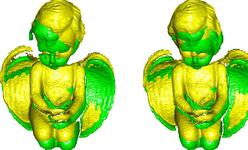
3D feature extraction and matching
Feature extraction and matching is a traditional method for shape matching and analysis.
-
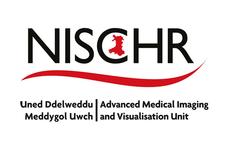
Advanced Medical Imaging and Visualization Unit
The unit work with projects where imaging and visualization technologies can provide added value to medical applications.
-
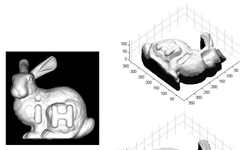
Advanced Shape from Shading Methods
This project intends to explore the combination of new techniques from related research areas and state-of-the-art SFS algorithms to improve robustness and feature preservation in shape recovery from single but sophisticated real-world image.
-
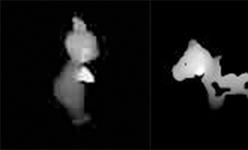
Efficient 3D shape matching and retrieval
This project attempts to develop efficient techniques for the representation and matching of 3D shapes.
-
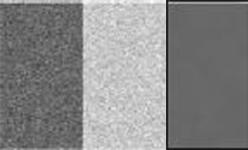
Noise removal and image enhancement
The captured either 2D or 3D data are usually unavoidably corrupted by imaging noise.
-
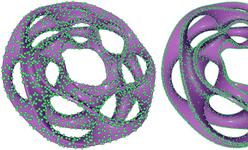
Point Based Modelling and Simulation - Sampling
A low-discrepancy, blue-noise point set represents a continuous geometric object well, minimising discretisation artefacts.
-
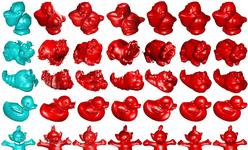
Saliency detection for 3D surface reconstruction, segmentation and simplification
While the laser scanning systems usually have limited field of view, the captured data from a single viewpoint can only cover a part of the area of interest.
-
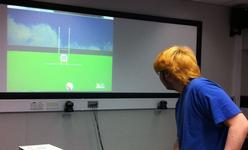
Virtual Environment for Rugby Skills Training
Virtual environments for developing training skills in rugby.